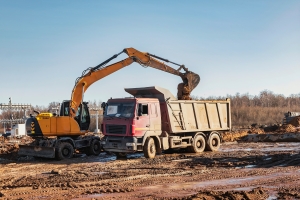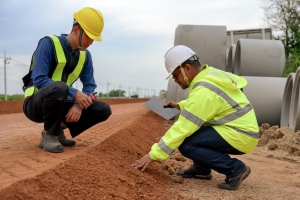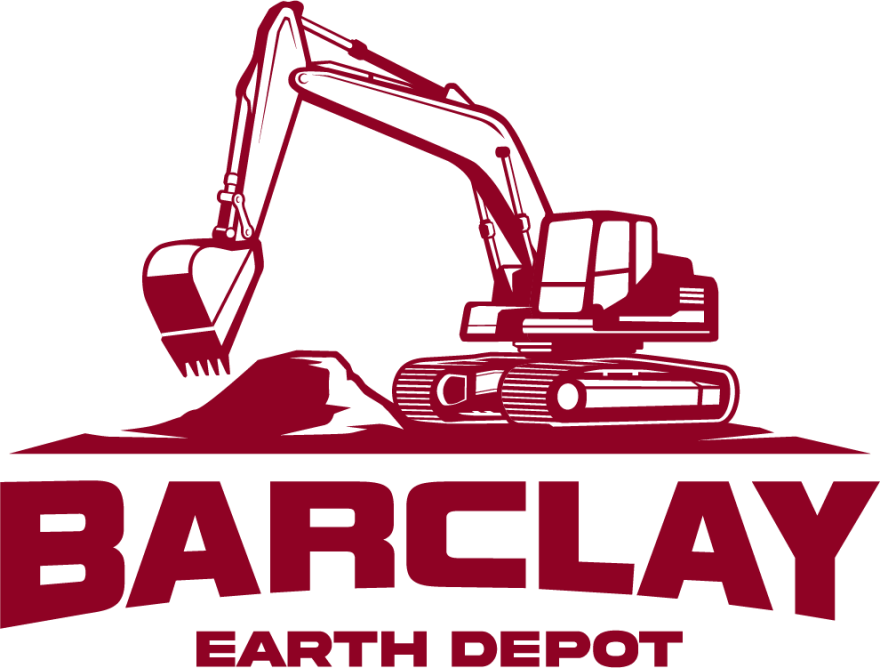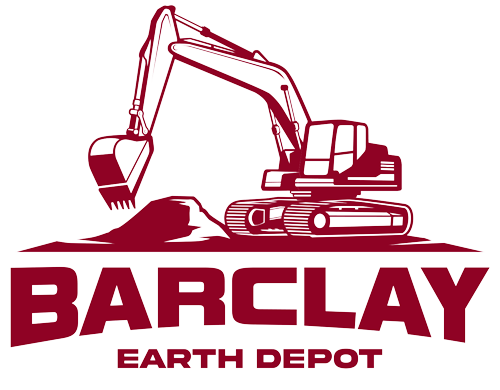 Essential Takeaways
Essential Takeaways
- Lakeland’s many lakes create flooding problems that the right fill dirt can fix.
- Raising your site with quality fill materials protects buildings from water damage and meets building codes.
- Clean fill dirt provides a solid foundation when compacted properly in layers.
- You need good grading and drainage plans, along with elevation changes, to stop water from pooling.
- Professional aggregate suppliers help you choose the right materials and determine how much you need.
Lakeland is surrounded by lakes, which means that flooding can become a serious headache during Florida’s rainy season. From June through September, the heavy rain can leave many properties with standing water that threatens buildings and makes the land nearly unusable.
If you’re developing property or planning construction in these flood-prone zones, elevation should be your top priority. A Lakeland aggregates supplier will provide the fill materials you need to raise your site above flood levels, but you have to use them correctly, or you’ll just create new problems down the road.
Local building codes set minimum elevation standards for any structure where people will live or work. Insurance companies are also getting stricter about site preparation in flood zones. Without proper elevation, you’re looking at property damage, failed inspections, and insurance gaps that could have been avoided with some upfront planning.
How Fill Dirt Raises Your Site
Fill dirt creates a stable base that helps to lift your building site above flooding levels. Ideally, place it in layers and pack it down tightly until you reach the desired height. But the process does take careful planning and the right approach, meaning you can’t just throw fill dirt down and hope for the best.
You usually have to strip off the existing topsoil first because it contains organic material, such as leaves and sticks, and it tends to compress and settle over time, making it unstable. Subsequently, you can bring in clean fill dirt in layers, compacting each layer before adding the next to prevent settling that could crack your foundation or create drainage problems later. It is essential to note that, per Florida Building Code, Chapter 18 (1803.5.8), a geotechnical investigation is required when shallow foundations will bear on compacted fill more than 12 inches deep.
How much fill do you need? Well, that depends on where your site sits now, how high you need to go, and how much area you’re covering. Professional suppliers run the calculations so you order the right amount. Nobody wants to waste money on excess material sitting in piles around the property.
Picking the Right Fill Materials
 All fill dirt is not created equal. You need materials that compact well, resist water infiltration, and provide stable support for years. Clean fill dirt, free of organic matter, debris, or contaminants, provides the best foundation for your construction project.
All fill dirt is not created equal. You need materials that compact well, resist water infiltration, and provide stable support for years. Clean fill dirt, free of organic matter, debris, or contaminants, provides the best foundation for your construction project.
Sandy clay mixtures perform well at most Lakeland sites. They compact effectively and drain properly. Pure clay holds too much water and gets unstable. Extremely sandy materials won’t compact enough. You need the right balance based on your existing soil and what you’re building.
Some projects require structural fill that meets specific engineering standards for the weight it can support and the density it achieves when compacted. Building something substantial or dealing with tough soil conditions? Engineered fill materials deliver the performance specs you need.
Making Sure Water Drains Properly
Raising your site fixes one problem, but can create another if you don’t plan for drainage. Water has to go somewhere, and just raising your property above everything around it can push flooding onto your neighbors or create pools of water at your property’s edges.
To this end, the International Building Code 1804.4 notes that grading for impervious surfaces should slope away from buildings at the right angle, usually at least 2% for the first 10 feet. As a result, water will flow away from foundations and stop pooling near structures. You’ll also need to consider swales, retention areas, or drainage systems that move water across your entire property.
Many Lakeland sites need formal drainage plans that show how water will flow and where it ends up. Working with experienced aggregate suppliers gives you access to professionals who comprehend local drainage requirements and can recommend solutions that actually work.
Compacting Fill to Prevent Settling
Proper compaction is absolutely essential when you’re using fill dirt to raise elevation. Fill that isn’t compacted well settles over time, causing structures to crack, shift, or develop serious foundation problems. These issues get expensive to fix and may require removing and replacing the fill material.
Professional compaction equipment applies a controlled force to pack down the fill material and remove air pockets. Each lift has to reach specific compaction levels before you add more material. Testing confirms you’ve achieved enough density throughout the fill layers.
Some settlement will happen even with proper compaction, which is why you should finish fill placement well before construction starts. Allowing several months for the fill to stabilize, especially if you get good rainfall during that time, helps reduce movement after construction.
Following Local Rules
 Polk County and the City of Lakeland have specific rules regarding the placement of fill, meeting elevation standards, and managing drainage. You need the proper permits before moving large amounts of fill material, and inspectors check your work throughout the process.
Polk County and the City of Lakeland have specific rules regarding the placement of fill, meeting elevation standards, and managing drainage. You need the proper permits before moving large amounts of fill material, and inspectors check your work throughout the process.
Base flood elevation requirements set minimum building heights in flood zones. Your fill must meet these standards while also making sure you don’t cause drainage problems for surrounding properties. You often need engineering certifications to demonstrate that your site improvements comply with the rules.
When you work with local aggregate suppliers who know these requirements, the whole compliance process goes smoothly. They know what paperwork you need, how inspectors evaluate fill placement, and what problems usually arise during permitting.
Schedule Your Lakeland Aggregates Delivery Today
Fixing flood risks through proper site elevation requires quality materials, solid planning, and experienced help to keep you from making expensive mistakes. The right aggregate supplier brings decades of knowledge about Lakeland conditions and materials that hold up in Florida’s challenging environment.
Barclay Earth Depot is well aware of the specific challenges of working in Lakeland’s flood-prone areas, and our team helps you pick the right fill materials and calculate accurate amounts for your elevation needs. Contact us today at (941) WE-DIG-IT or online to discuss your site prep and learn how quality aggregates create lasting flood protection for your property.

